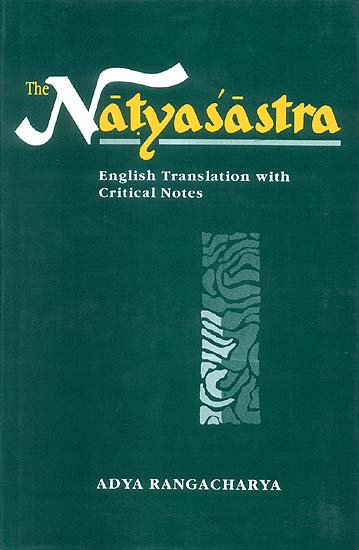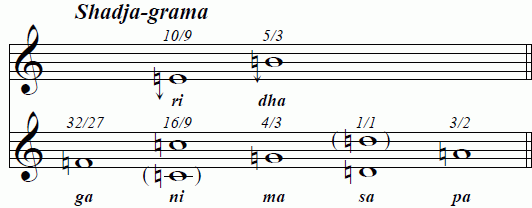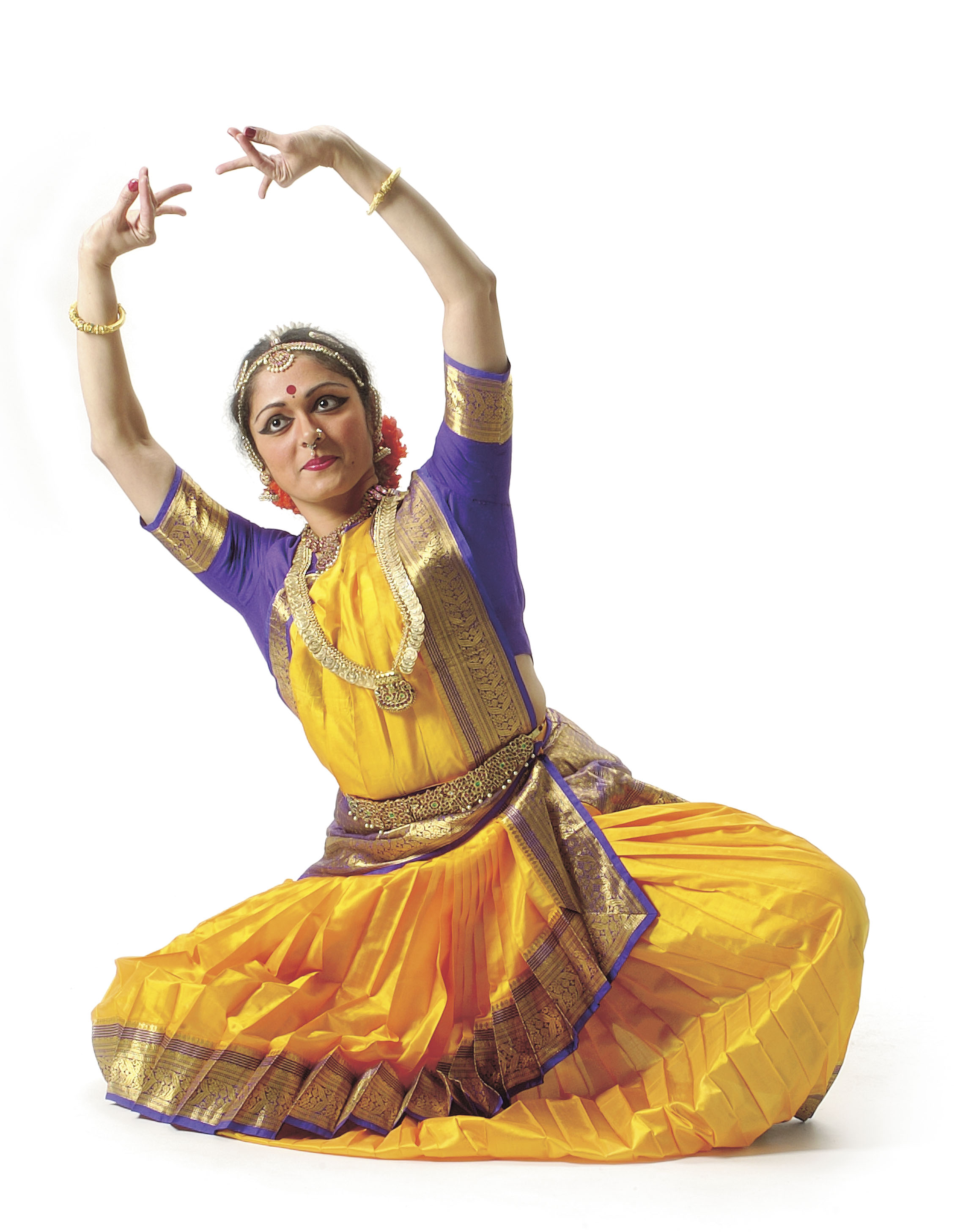After reading Andrew's post on written music this week, I began thinking about how writing down music would change our responses to, a civilization's sharing of, music. While searching for more information about this in regards to Indian culture, I came upon the Natyasastra, which was basically an instruction guide for the arts written, presumably by many different people, around 100BC or earlier.
 |
| the translation of a later version of the text |
Many playwrights, explains Adya Rangacharya in his translation of the text, were confined by the very specific rules of the Natyasastra, which were often conflicting or out of order. This includes the poet laureate of Chandragupta II's time, Kalidasa, who I mentioned in my last post. The writer, Bharata, even mentions within the fifth Veda that "dress and speech should conform to the regional usage of the spectators; the actors and producers should observe the local modes of speech and manners and conform to them and not necessarily to what I have described," but more often than not artists complied with Bharata's other words on music, plays, and other dramatic arts.
Bharata brings up the idea of eight major rasas, or emotions: "love, pity, anger, disgust, heroism, awe, terror and comedy," and that plays should be built on a principle rasa. He also describes four different kinds of acting:
- amgikam- acting using the body parts
- vachikam- acting with words, speech, and song
- satvikam- acting expressing emotions well
- aharyam- using dresses and decorations
(This list is courtesy of Indiavideo.org, by the way.)
 |
| the shadja, the first set of notes of a scale |
Bharata is a category kind of guy! He continues on to divide up what kind of performances there are: natyam, nrityam, and nrittam. They are, respectively, acting when speech is important, using songs or instruments in the background, and, lastly, using the movements of the body with significance. In addition to how to act, Bharata discusses how the audience should respond in different situations, what kinds of stages there are, and the shadja or first, significant note of a scale in music.
With the advent of written knowledge, it became a more common practice to attempt to compile all known information or opinions about an entire subject while not being limited by the need for a story structure for memorization. As you can see in the video above, these practices were also important for a more structured form of worship in temples. The particulars were focused on, could be reviewed, looked up for guidance and to find a uniformity within any subject, whether it be art, religion, or writing.
It feels pretty ambitious to try to create a "Manual of Dramatic Arts," as many civilizations attempt to do, to cover all of the minuscule details and over-arching ideas, but this manual is meant to be changing, suitable for the needs of various audiences and over time.
Sources: http://en.wikipedia.org/wiki/Natya_Shastra
http://www.indiavideo.org/kerala/arts/ritual-art-forms/arjuna-nritham-836.php#Desc
http://muse.jhu.edu/journals/asian_theatre_journal/v017/17.2ley.html
http://www.indiavideo.org/text/bharata-muni-1073.php
Sources: http://en.wikipedia.org/wiki/Natya_Shastra
http://www.indiavideo.org/kerala/arts/ritual-art-forms/arjuna-nritham-836.php#Desc
http://muse.jhu.edu/journals/asian_theatre_journal/v017/17.2ley.html
http://www.indiavideo.org/text/bharata-muni-1073.php


Your posts are so interesting Rachel! I've always been taught that ancient India was politically decentralized with no large city centers or empires, but from your posts I can see how connected they were through culture. I mean, they had a guide for music and the arts that influenced music from antiquity into the 1200s--crazy! And it's interesting to notice how the Natyasastra became a fifth Veda, how it was closely connected with their religious beliefs. While other cultures remained secular or philosophical, the ancient Indians always saw a connection with religion.
ReplyDeleteA musical bible, who'd of thought that was possible? Interesting how you can unite a culture through the arts almost as if the arts were a religion themselves.
ReplyDeleteI also like how the post mentioned music as a form of enhancing worship in religious settings. Reminds me of why we have musical numbers in sacrament meetings, and why in Islam prayer is always summoned by the adhan.
Do you have an example of written music from India? I'm assuming they don't use the same system as the Western World to write their music.
ReplyDelete